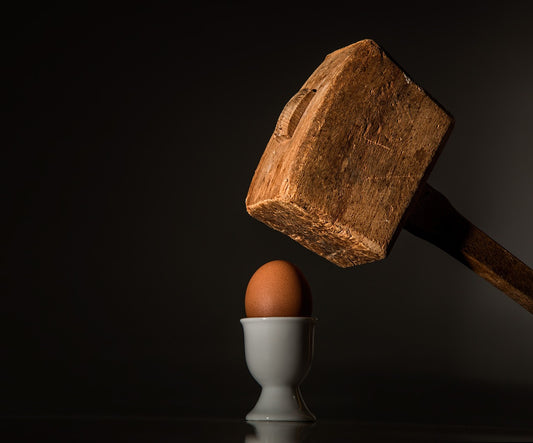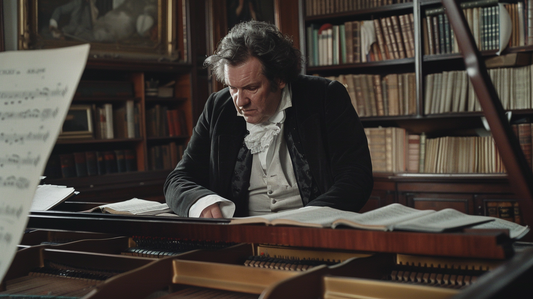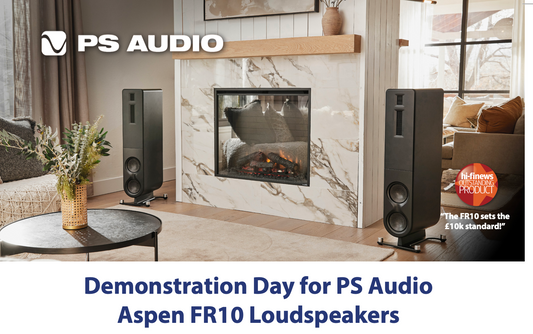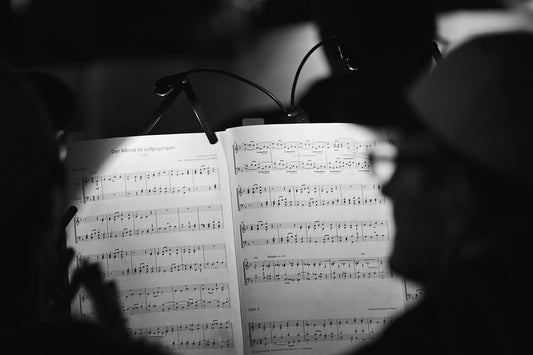Good morning! The last, and final, installment of the Building a New Music Room video has been uploaded. This new edition shows the final loudspeaker in place and playing and we do a music based montage of the struggle we went through to get this 1500 pound high-end audio system into the room. I’ll be reporting on the results of this installation over time – so overwhelming the performance of this system is – I really need to spend some time just getting a measure of it. We’ll start another series soon enough: this time how to tune a Music Room.
With the announcement that we’re releasing a new category of product in August, the NPC, which combines an analog phono stage and an analog to digital converter together in one package, many of you have written assuming that the intent behind the product is to rip vinyl into a computer for storage.
While it is true you can rip vinyl into a computer with the new NPC – in all honesty – that feature was added as an afterthought.
The original concept of the device was based on a single idea: DACS are the center of our modern music systems. More specifically, I wanted to be able to play my LP’s in the listening room and couldn’t with the setup we have. There’s no way I am going to add a preamp into the signal chain and take a second seat in sound quality.
At first it was difficult to visualize listening live to LP’s through a DAC – I mean, it was just a really weird off-the-wall thought and I personally struggled with it for some time. But we realized that in order for the DAC to be the center of a music system one would have to accept the idea of all sources feeding the center – and that includes LP’s.
Another notion I had to deal with is handling the RIAA curve in the digital domain. That seemssacrilegiousin a way that basically offends my sensibilities. LP’s aren’t cut or mastered with digitally EQ’d RIAA curves, everything happens passively – and for better or worse – the issue boils down to one of duplication. You want to duplicate the encoding process as much as possible and keeping the curve analog just feels closer to the original. We kept the RIAA and the entire phono stage 100% analog.
We knew upfront that a state of the art ADC encoder was possible and we also knew that capturing the limited attributes of an LP would not be a problem, especially if we based the entire encoding process to the more analog-like DSD format – converting to standard digital audio only when needed.
The idea of ripping the vinyl to the computer and then listening back through a server was novel – interesting – and probably something I would do only for the handful of albums I really don’t want to wear out – like my pristine copy of Casino Royale. But ripping vinyl is a pain in the keester – one perhaps agreeable to some – not to me.
No, this new device allows me the joy of playing LP’s live and in real time on my DAC based system and I cannot wait to hear the needle drop for the first time after installing the mighty IRS in the sound room. That prospect probably excites me more than you can imagine.








